Arnold Leads Continentals to Relieve Fort Stanwix
The Tryon County militia sent to relieve the siege of Fort Stanwix had been badly mauled at the Battle of Oriskany on August 6, 1777. The combined Loyalist and Indian contingent under British Lieutenant Colonel Barry St. Leger, settled back into its work of reducing the fort or forcing the American garrison to surrender.
St. Leger sent word to the fort’s commander, Colonel Peter Gansevoort, that the relief force had been defeated and he must surrender or face the wrath of his Indians when the fort inevitably fell. Gansevoort, a resolute man, refused St. Leger’s demand.
Instead, Colonel Gansevoort asked for someone to get word to General Phillip Schuyler in Albany to send more help. The intrepid Colonel Marinus Willet, whose sortie had saved the remnant of the Tryon County militia from annihilation, volunteered for this dangerous mission.
As the British Annual Register stated, Willet and another officer “passed by night through the besieger’s works, and in contempt of the danger and cruelty of the savages, made their way for fifty miles through pathless woods and unexplored morasses, in order to raise the country and bring relief to the fort. Such an action demands the praise even of an enemy.”
Even before Willet reached Albany, Schuyler summoned a council of war and asked his brigadier generals for a volunteer to lead a thousand Continentals to the relief of Fort Stanwix, but no brigadier stepped forward. Fortunately, Major General Benedict Arnold, recently sent by General George Washington to assist Schuyler against the British army coming from the north under General John Burgoyne, agreed to lead this task force.
“Peter Gansevoort.” New York Pubic LIbrary.
On August 18, Arnold led about 700 troops west by forced marches and word of his rapid approach soon reached the British camp. In four days, this second relief column marched over eighty miles and had reached Fort Dayton, about thirty miles from Fort Stanwix. Here, about 100 militiamen who had survived the ordeal at Oriskany joined Arnold’s determined band.
The ever-resourceful Arnold next found a suspected Loyalist named Hon Yost Schuyler (no relation to the general) who was mentally deranged and whose strangeness made him appear to the Indians that he was touched by the supernatural. Arnold ordered Hon Yost to go to the British camp and inform them that the vaunted American General Benedict Arnold was at Fort Dayton with a large relief force.
By this point in the war, Arnold had already become something of a legend in North America. In less than two years, this restless soldier had helped capture Fort Ticonderoga, led a column on a miraculous march through the wilderness of Maine to attack Quebec, led the rear-guard action on the American retreat from Canada, and created a navy out of thin air for Lake Champlain and used it to heroically fight the British at the Battle of Valcour Island.
The Senecas and Mohawks, already growing bored of the siege and dismayed at their losses, had no desire to face General Arnold on the battlefield. Despite the strenuous efforts of St. Leger to dissuade the Indians from leaving, within hours of learning of Arnold’s approach, groups of them began to head west towards their home bases near Lake Ontario.
Since the Indians constituted the bulk of his force, St. Leger had no choice but to follow suit with his remaining Loyalists and Hanauer (German) contingent. As so often is the case, panic built on panic and the retreat became a helter-skelter flight and most of the tents, a large cache of supplies, and four small cannons were left behind.
What could and should have been a victorious army marching towards Albany to assist General John Burgoyne in his effort to split the colonies, simply melted away into the vast woodlands of western New York. The next evening, August 23, General Arnold marched into Fort Stanwix to the welcoming cries of the beleaguered garrison.
WHY IT MATTERS
So why should the Battle of Oriskany and the siege of Fort Stanwix matter to us today?
Had it not been for the heroic efforts of General Nicholas Herkimer and his Tryon County militiamen at Oriskany, as well as the determination of Colonel Peter Gansevoort and the American garrison inside Fort Stanwix, St. Leger’s invading force may well have provided enough support to General John Burgoyne for Burgoyne’s plan to split the colonies to succeed.
Importantly, St. Leger’s failed invasion dissuaded British officials from any further attempt to conquer the Mohawk River Valley.
SUGGESTED READING
The Battle of Oriskany and General Nicholas Herkimer, written by Paul Boehlert, is an excellent book about the battle and the man at its center. Published in 2013, it is nicely written and informative.
PLACES TO VISIT
Oriskany Battlefield State Historic Site and Fort Stanwix National Monument are two great places to visit to fully understand what happened during this critical episode in American history. Oriskany is well marked with good walking trails and Fort Stanwix has been authentically recreated.
Until next time, may your motto be “Ducit Amor Patriae,” love of country leads me.

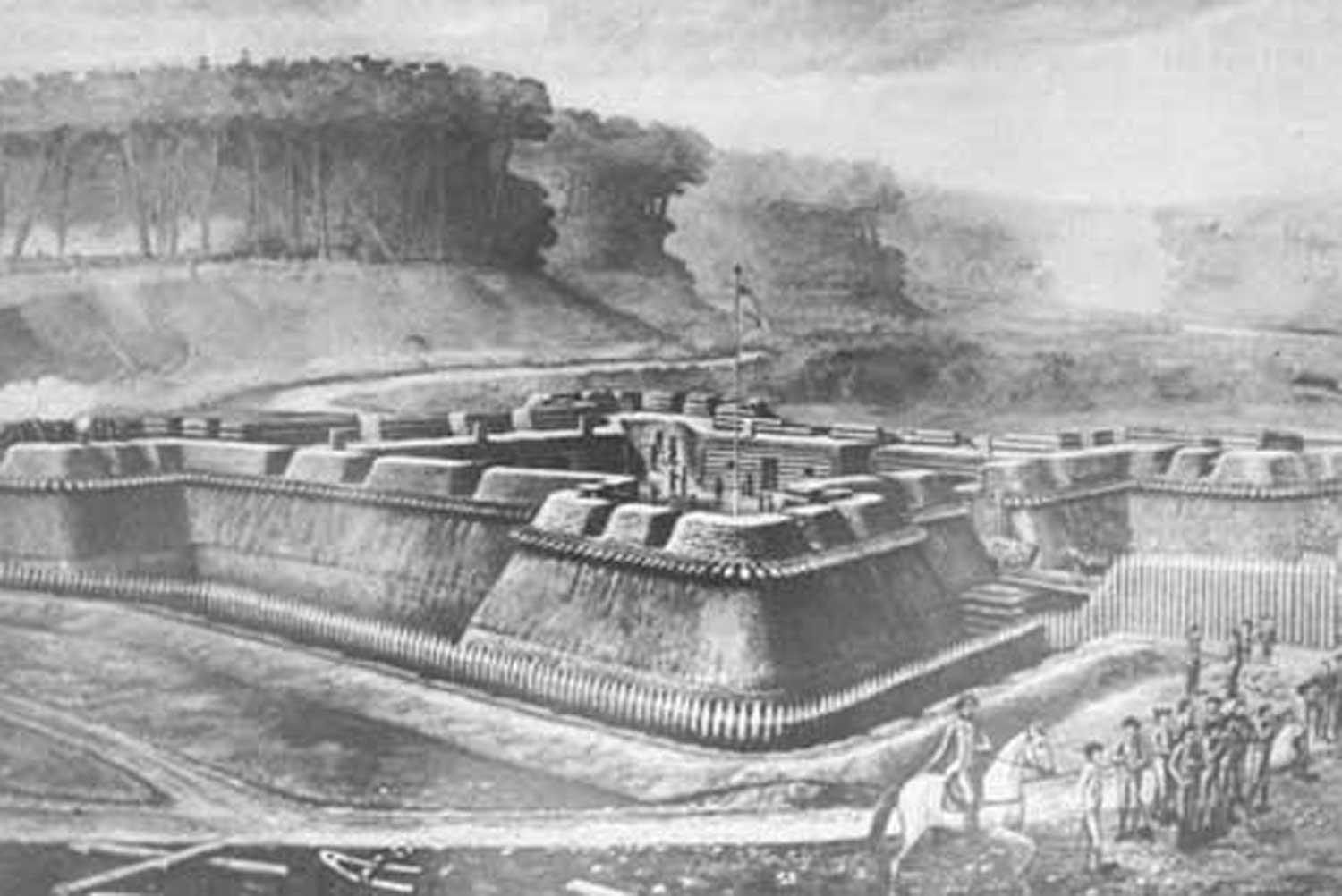
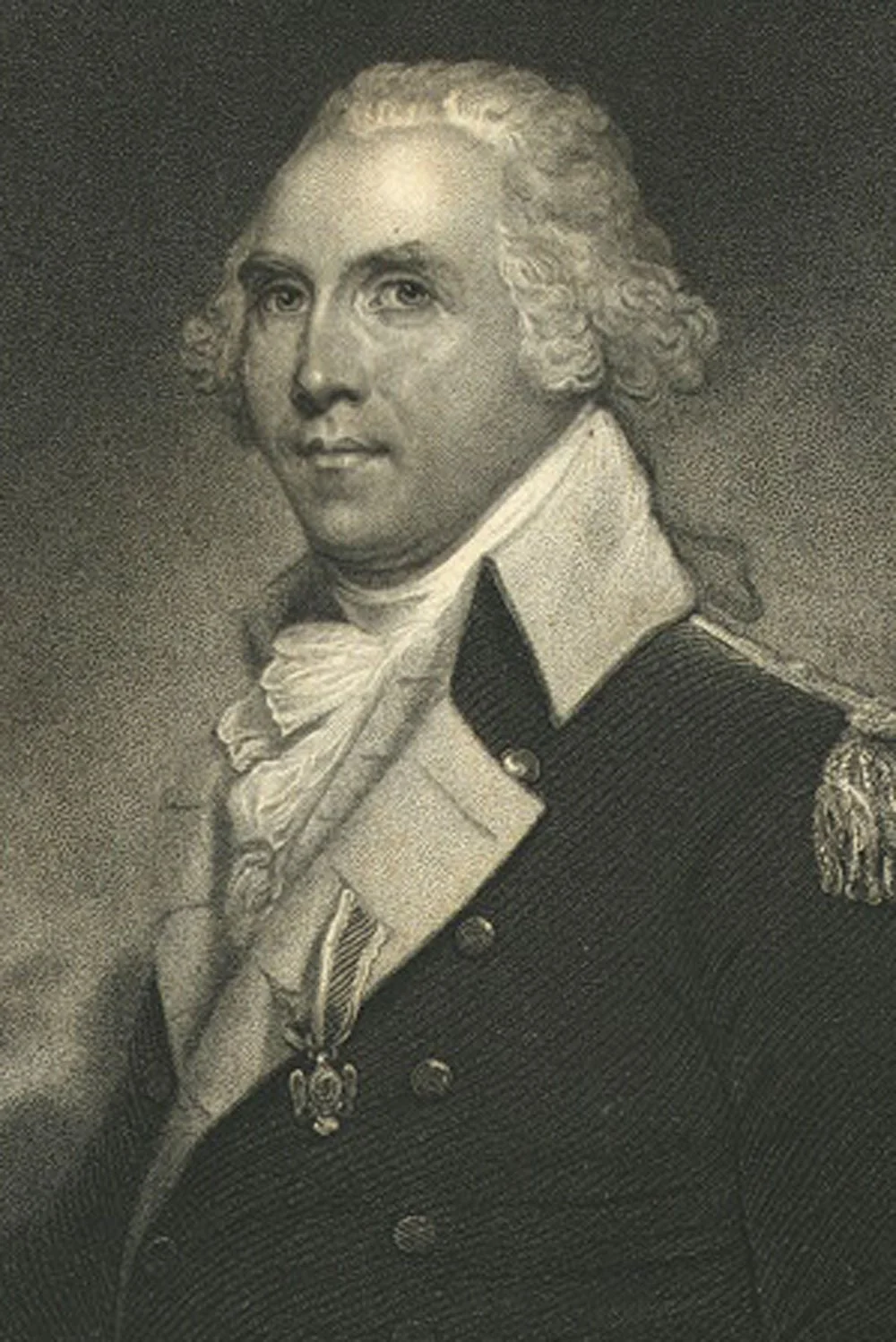




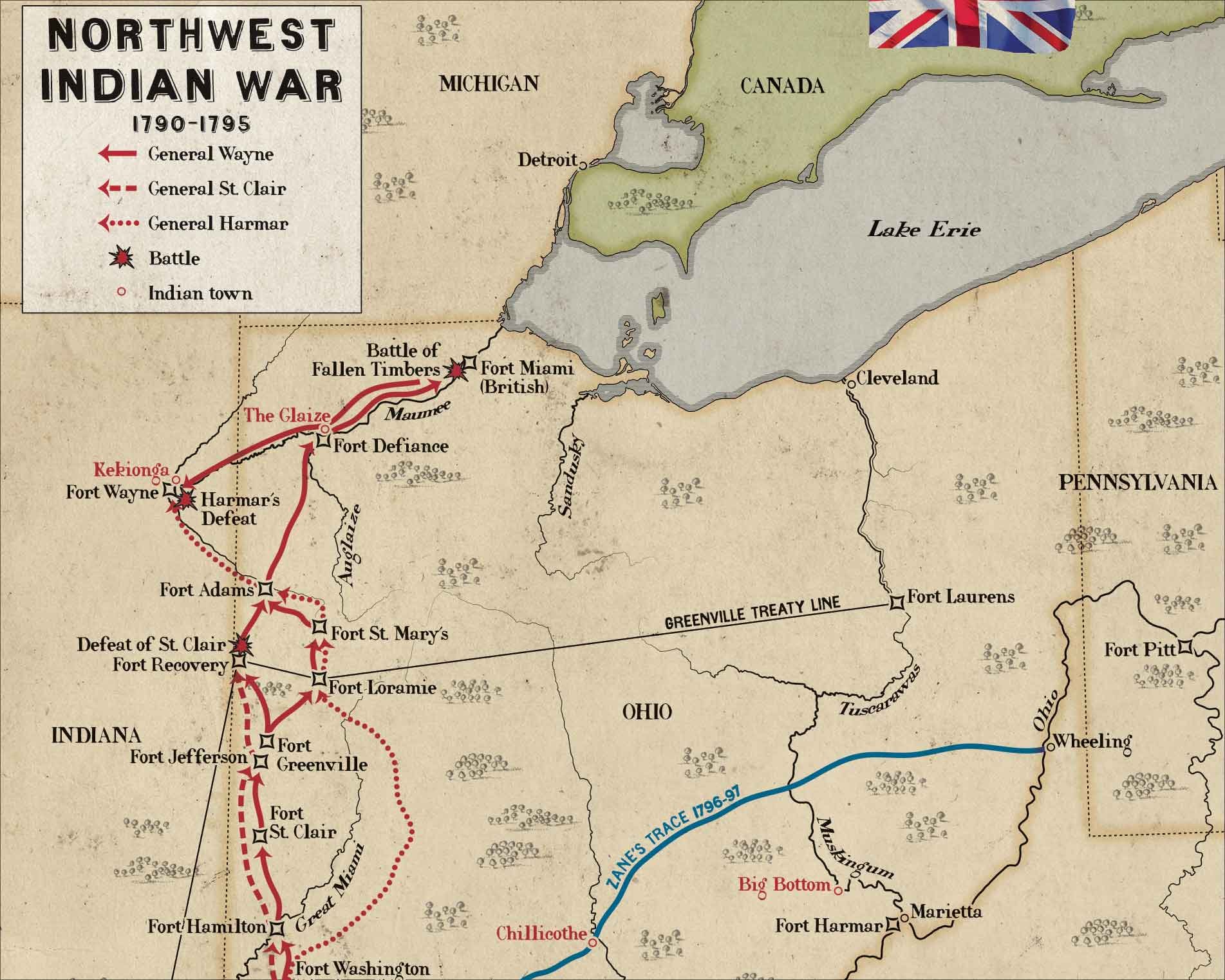
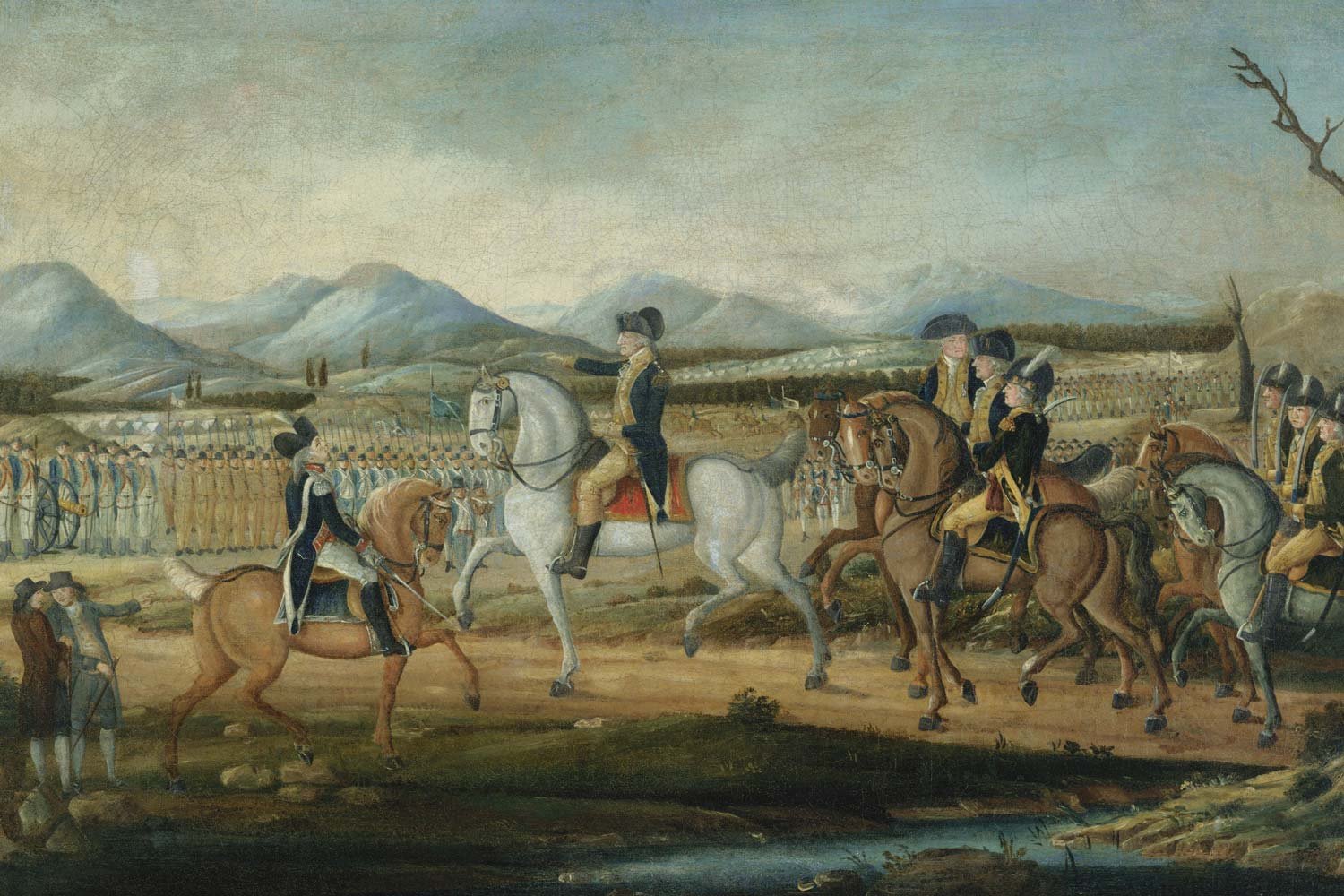
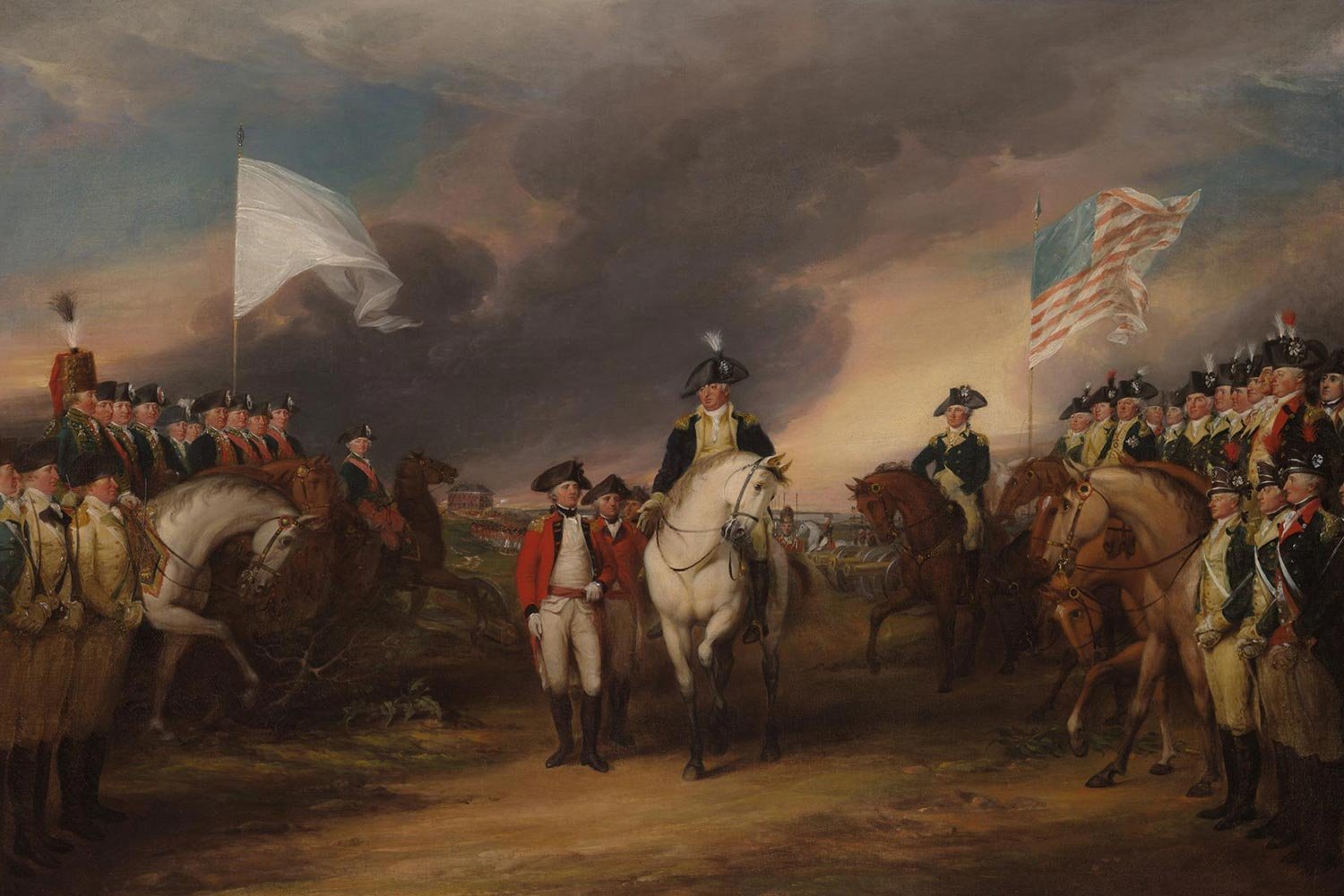
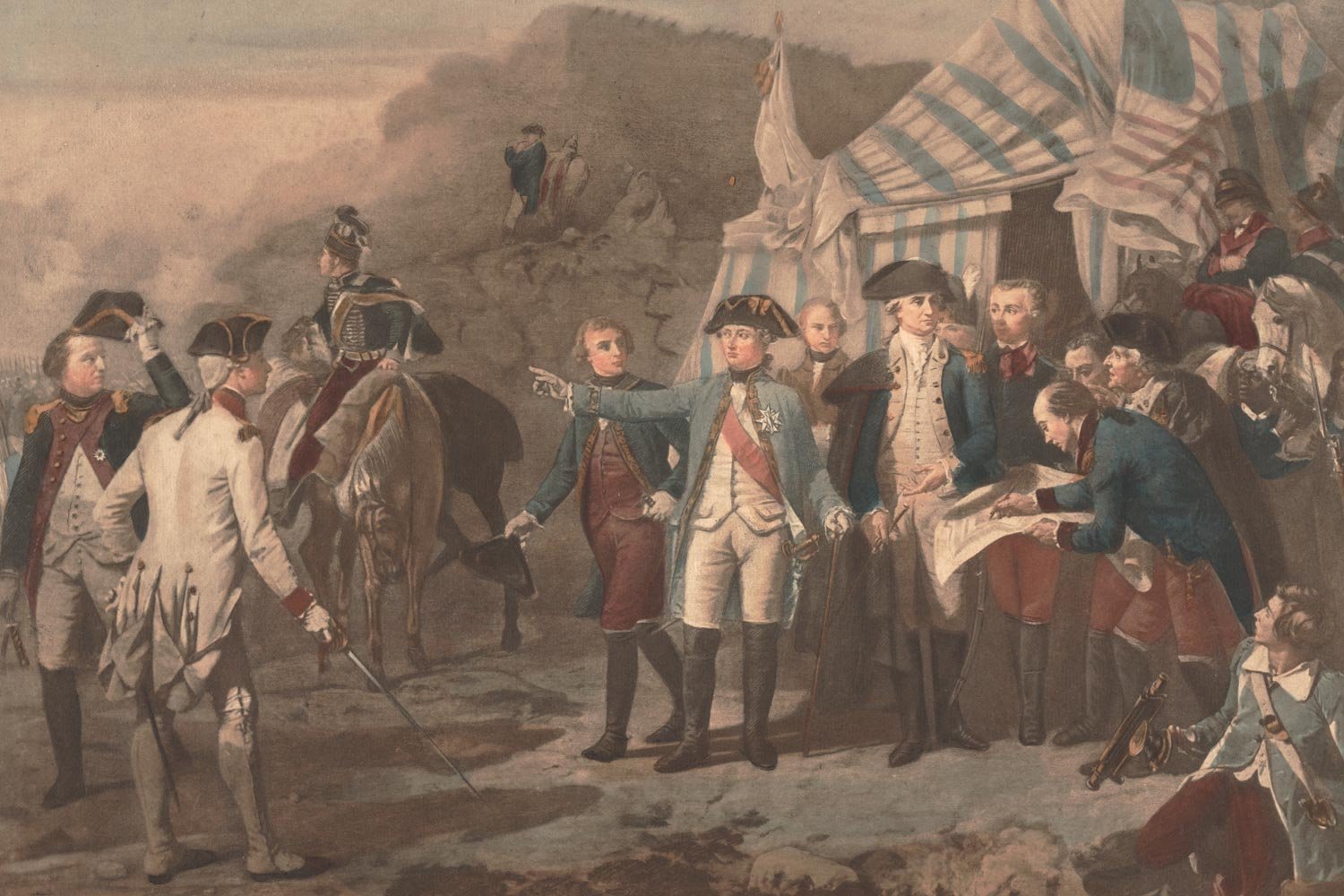
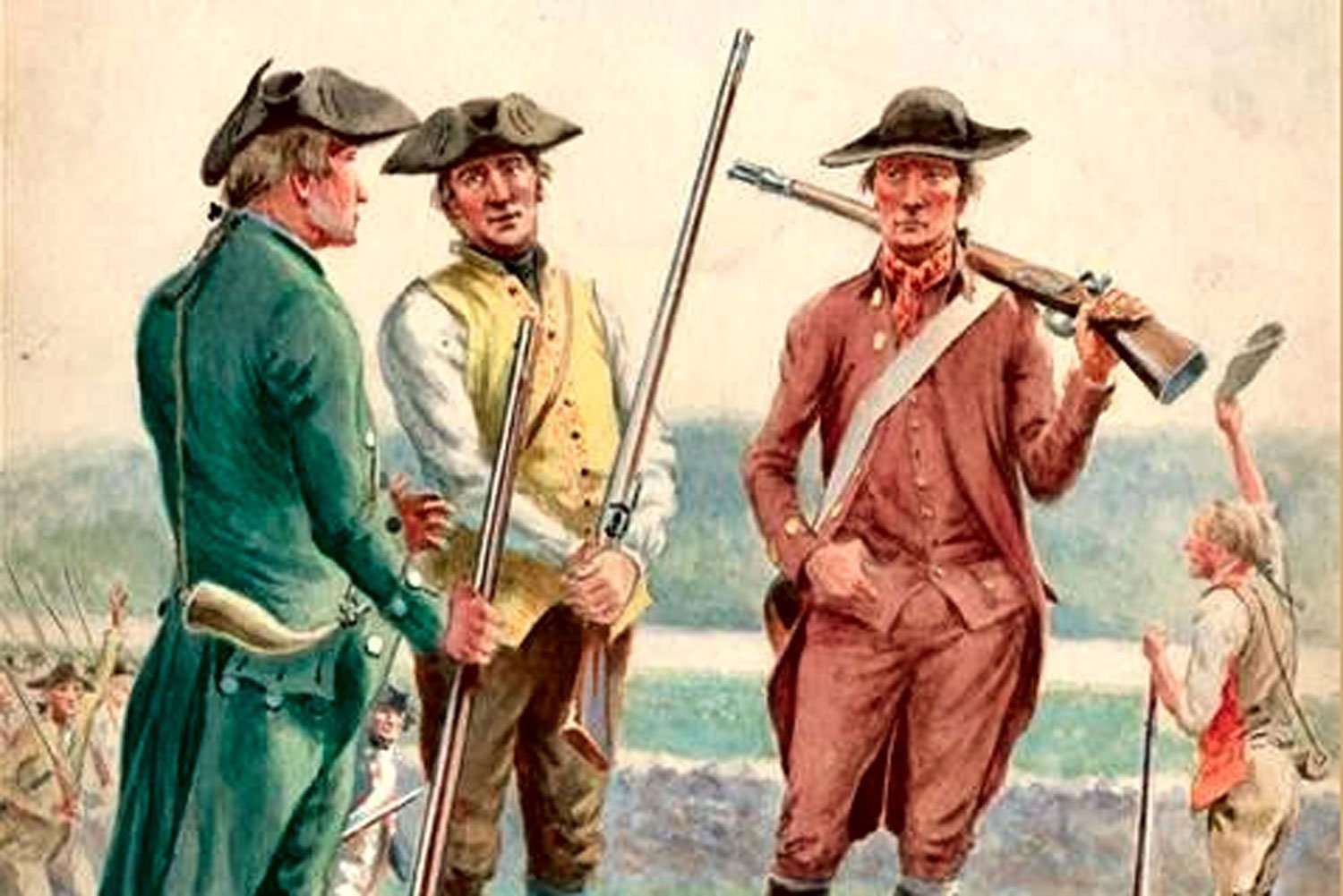
The only fighting in the Quasi-War occurred at sea, and mostly in the Caribbean. But with war at a fever pitch and French interests so close by in Louisiana, there was a very real concern in Congress about a possible French invasion of the United States from the west.